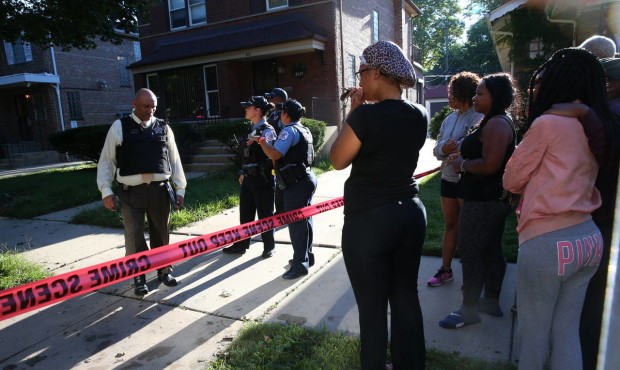Real Estate News
Questions on early reverse mortgages still linger
One of the first reverse mortgage programs had such negative ramifications that it was labeled a “black eye” for the industry.
That specific program, however, is nearly as old and outdated as some of the original adjustable-rate mortgages (ARMs) that caused so much anxiety-or “payment shock”-when the loans adjusted for the first time.
A reverse mortgage historically has enabled senior homeowners to convert part of the equity in their homes into tax-free funds without having to sell the home, give up title, or take on a new monthly mortgage payment. Reverse mortgages are available to individuals 62 or older who own their home. The maximum amount of funds received is based on age, current interest rates and a current home appraisal. Funds obtained from the reverse mortgage are considered tax-free.
Reverse mortgage funds can be distributed either in a lump sum, regular monthly payments, line of credit or in a combination of those options. When the house is sold, or the last remaining borrower dies or moves out of the home, the loan amount plus the accrued interest is repaid. The borrower can’t owe more than the value of the home.
Early reverse mortgages and ARMs both ran into problems. First authorized by the federal government in 1981 but almost unused before 1983, ARMs supplanted a system of fixed-rate loans and stimulated a drowsy housing market. ARMs caught on quickly simply because the market needed them. As an inducement to borrowers, some lenders offered rates that were ridiculously low, qualifying borrowers for the first year of the loan but setting up potential bombshells shortly down the road -especially in a rising-rate market.
Heavily discounted one-year ARMs gave the new mortgages a bad reputation. When borrowers finished the first year of seemingly easy payments, the discounted rate ended and borrowers were forced into surprisingly higher, second-year payments – which resulted in the chilling reality of a monthly cash outlay commonly referred to as payment shock.
However, lenders continued to refine and develop adjustable-rate mortgages, and most ARMs now contain one-year and life-of-the-loan “caps” which limit adjustments. The original bold move to ARMs suffered an initial setback, yet was healthy for the industry. It paved the way for a useable, practical option to what banks traditionally required.
Reverse mortgages can be viewed in a similar light. Some early programs were flawed and have been improved. However, a few of the early loans are still in circulation, giving the entire reverse industry a black eye on a punch it never saw coming. Lenders then took significant measures to prevent future problems, including gaining the endorsement of FHA.
One highly publicized case detailed how a woman who signed up for a reverse mortgage and ended up owing the lender $765,000 after the home had sold. The example sent a shock wave through the reverse mortgage community which had taken significant steps to create viable programs for “house-rich-cash-poor” persons 62 years of age and older.
The story chronicled the situation of a borrower, a 69-year-old woman who took out a reverse mortgage in April 1998 on a home that was then valued at $980,000. The loan she chose had an equity appreciation-sharing feature that entitled the lender, Transamerica Homefirst, to 50 percent of the increase in value over the life of the loan. According to the story, the loan’s terms also required her to purchase an annuity that wouldn’t start paying her until 2012.
The borrower, according to the syndicate story, received $58,000 of benefit over a span of 32 months. After she passed away, her estate was presented with a balance due of $765,112. The case has slowed an industry that was headed down the right track in providing a needed financial option for seniors – many of whom have exhausted all others.
To its credit, the National Reverse Mortgage Lenders Association, a national trade association for financial services companies that originate, service, and invest in reverse mortgages, decided to increase its educational efforts regarding the various reverse mortgage products. None of today’s reverses have equity shares or any lender stake.
The Federal Housing Administration, a section of the U.S Department of Housing and Urban Development, insures the Home Equity Conversion Mortgage (HECM). It is the nation’s most popular reverse mortgage, accounting for more than 90 percent of all the reverse mortgages in the U.S.
Brian Montgomery, the former FHA Commissioner, was asked if he would encourage his own mother to get a reverse.
“I told her that I was her son and would always be looking out for her best interests,” Montgomery said. “I also told her that I administered the program for the United States of America and thought it was a pretty good idea.”
New book: Follow real estate agent and basketball coach Ernie Creekmore as he attempts to solve another murder – this time a “helicopter” parent constantly prodding his star athlete son. Tom Kelly’s “Hovering Above a Homicide” is now in print and E-book form. Get a signed copy at TomKelly.com or purchase at bookstores everywhere and online.




































Comments